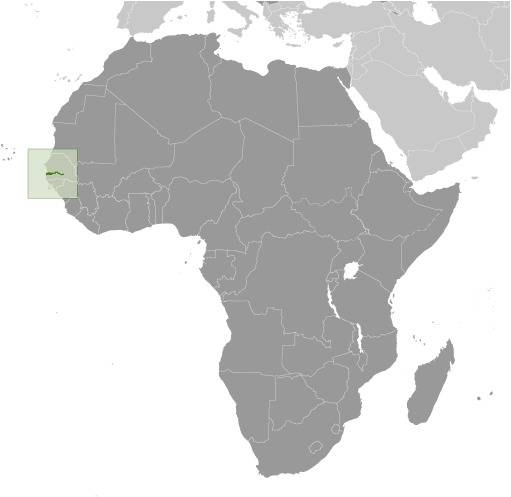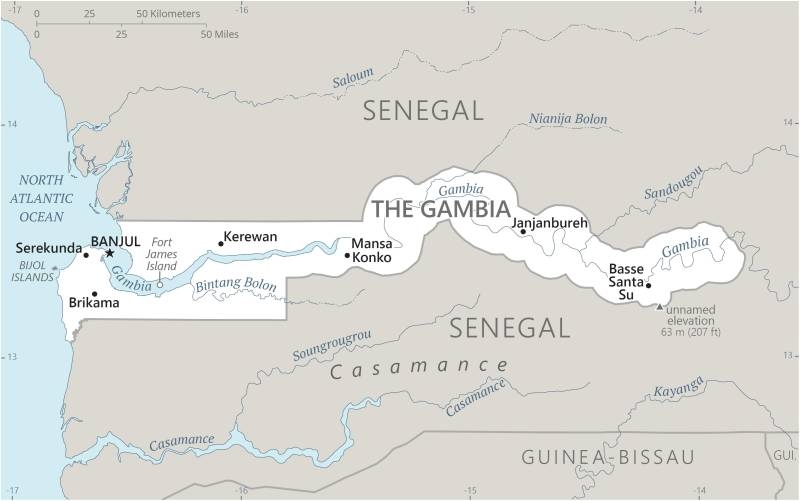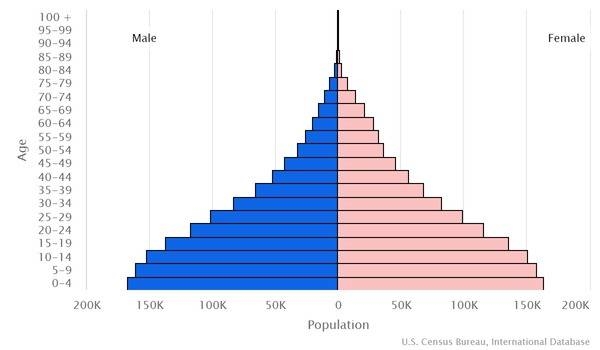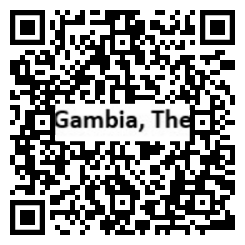Country Summary




Introduction
Background
The Gambia gained its independence from the UK in 1965. Joining Senegal, it formed a short-lived Confederation of Senegambia between 1982 and 1989. A new constitution and presidential election in 1996, followed by parliamentary balloting in 1997, completed a nominal return to civilian rule.
Geography
Area
total: 11,300 sq km
land: 10,120 sq km
water: 1,180 sq km
Climate
tropical; hot, rainy season (June to November); cooler, dry season (November to May)
Natural resources
fish, clay, silica sand, titanium (rutile and ilmenite), tin, zircon
People and Society
Population
2,413,403 (2022 est.)
Ethnic groups
Mandinka/Jahanka 33.3%, Fulani/Tukulur/Lorobo 18.2%, Wolof 12.9%, Jola/Karoninka 11%, Serahuleh 7.2%, Serer 3.5%, other 4%, non-Gambian 9.9% (2019-20 est.)
Languages
English (official), Mandinka, Wolof, Fula, other indigenous vernaculars
Religions
Muslim 96.4%, Christian 3.5%, other or none 0.1% (2019-20 est.)
Population growth rate
2.29% (2022 est.)
Government
Government type
presidential republic
Capital
name: Banjul
Executive branch
chief of state: President Adama BARROW (since 19 January 2022); Vice President Isatou TOURAY (since 15 March 2019); note - the president is both chief of state and head of government
head of government: President Adama BARROW (since 19 January 2022); Vice President Isatou TOURAY (since 15 March 2019)
Legislative branch
description: unicameral National Assembly (58 seats; 53 members directly elected in single-seat constituencies by simple majority vote and 5 appointed by the president; members serve 5-year terms)
Economy
Economic overview
small West African economy; COVID-19 reversed robust growth trends; good fiscal management; substantial foreign direct investment and remittances; G20 Debt Service Suspension Initiative participant; widespread poverty; increasing Chinese relations
Real GDP (purchasing power parity)
$5.22 billion (2020 est.)
Real GDP per capita
$2,200 (2020 est.)
Agricultural products
groundnuts, milk, oil palm fruit, millet, sorghum, rice, maize, vegetables, cassava, fruit
Industries
peanuts, fish, hides, tourism, beverages, agricultural machinery assembly, woodworking, metalworking, clothing
Exports
$448 million (2018 est.)
Exports - partners
China 38%, India 22%, Mali 7%, Chile 5% (2017)
Exports - commodities
lumber, cashews, refined petroleum, fish oil, ground nut oil (2019)
Imports
$851 million (2018 est.)
Imports - partners
China 33%, India 10%, Senegal 5%, Brazil 5% (2019)
Imports - commodities
clothing and apparel, refined petroleum, rice, raw sugar, palm oil (2019)
Exchange rates
dalasis (GMD) per US dollar -
Page last updated: Wednesday, May 11, 2022
